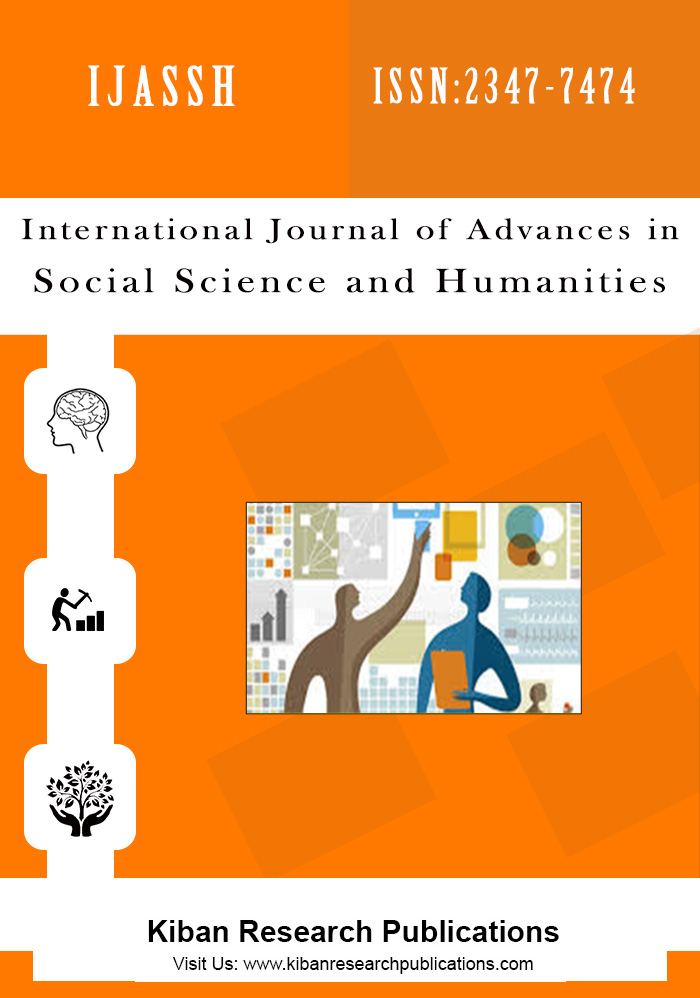Pattern of Inland Water Transport in Lokoja, Kogi State of Nigeria
Abstract
Inland water transport in Nigeria has declined because of completion from other means of transport like air, rail, and roads. The construction of bridges over River Niger has posed some challenges to the prospects of inland water transport in the area. Yet this means of transport holds some potential for socio-economic development in the study area. This research has examined the status of inland water transportation in Lokoja to determine the pattern of commuters, spatial interaction, variations in crafts, freight, commuters and economic benefits of inland water transport in Lokoja inland port. Using a survey approach, the study interviewed 182 randomly selected commuters at Lokoja inland station using questionnaire. Traffic data (January-December, 2007) was collected from the National Inland Water Ways Authority (NIWA). The study notes that the major commuters are traders (56%) and the spatial interaction of inland transport is driven by threshold demand, reduced friction in interaction and ease of access. Thus, 79% of the commuters prefer water transport as it offers less cost and more benefits for exchange of goods and services. The volume of inland transport is higher (64%) on market days than on non-market days (36%) and seasonal variation in transport flow is not significant. The study concludes that there is a need to improve the water transport system in Lokoja as it has the potential to boost existing socio-economic activities in the region.
Keywords: Inland, Water, Lokoja, Transport, Ullman, Pattern.



